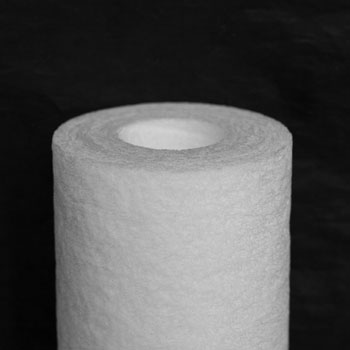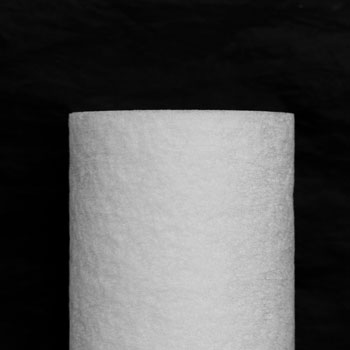PP Spun Filter
Spun polypropylene filter is also known as PP spun filter which is manufactured through thermal bonding of polypropylene fibers used for prefiltration. These filters use depth filtration mechanisms depending upon the cross sectional thickness of the cartridge. As the liquid passes through filter media contaminants are trapped within the surface area, providing a high dirt-holding capacity due to its substantial thickness.
- High-Grade Filtration: 4-zone true depth loading for superior particle retention.
- Exceptional Dirt Holding: Designed for maximum dirt-holding capacity.
- FDA-Compliant Material: Made from 100% polypropylene.
- High Flow Rates: Ensures efficient filtration performance.
- Temperature Resistance: Function under temperature upto 160°F.
PP Spun filters are widely used for efficient filtration across various applications:
- Commercial & Industrial Use: Essential in restaurants, manufacturing facilities, and industries for purifying liquids in food processing, beverage production, and cooling systems.
- Municipal Water Treatment: Helps in removing contaminants from public water supplies in sewage treatment plants, ensuring safe water for communities.
- Agricultural Irrigation: Prevents clogging in irrigation systems, protecting crops by filtering out sediment and debris.
Request Product Catalog


